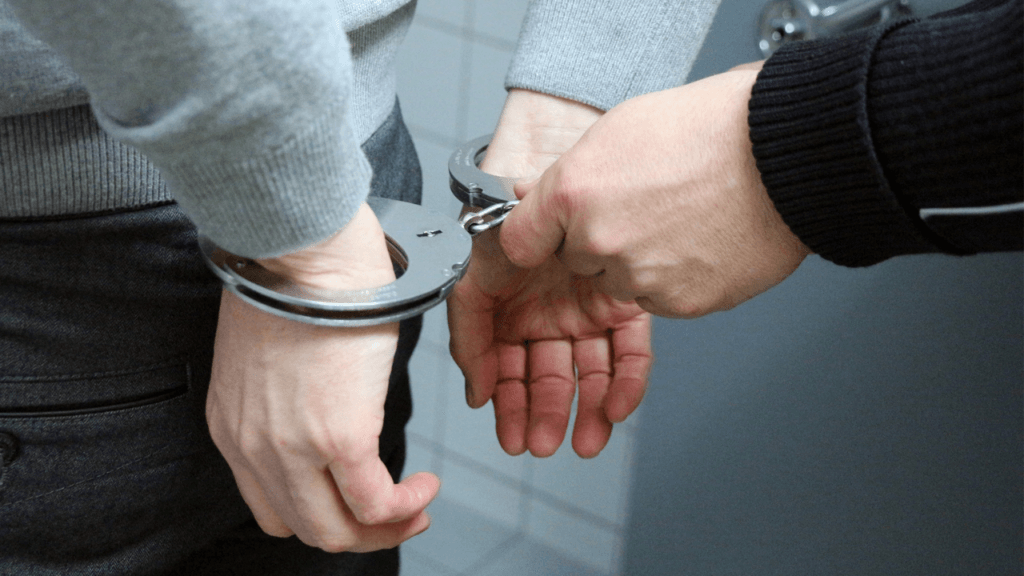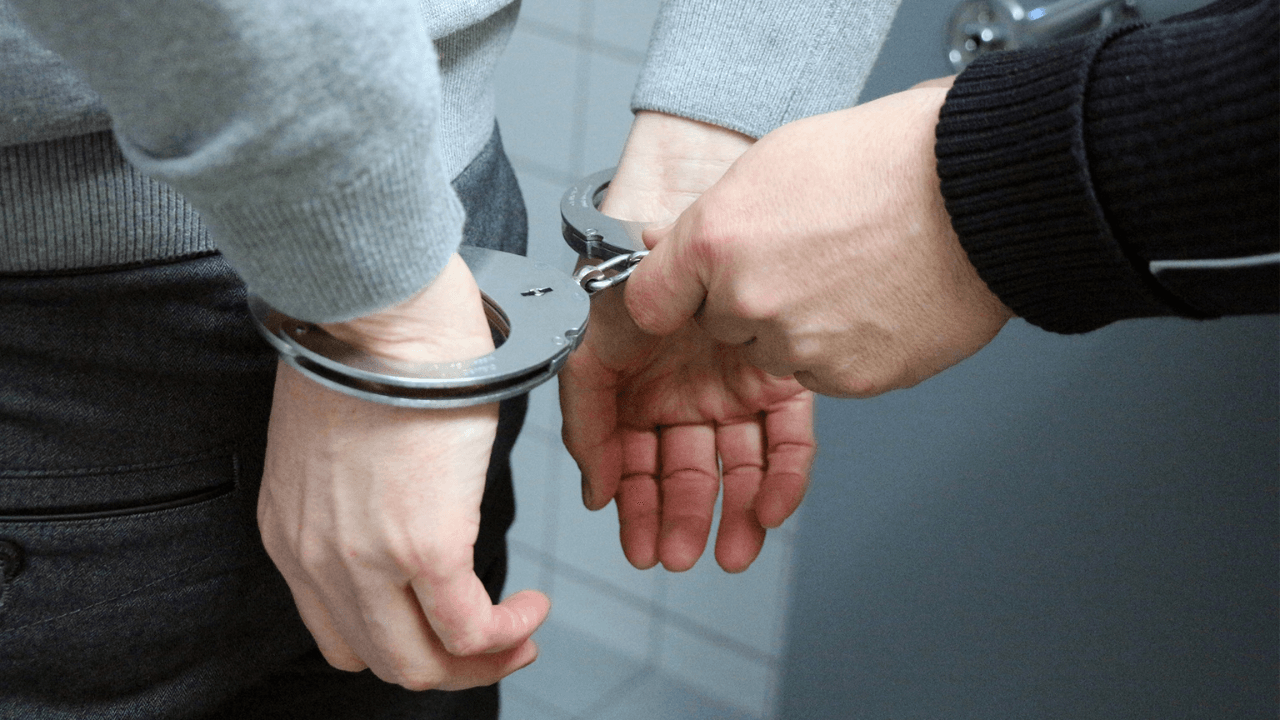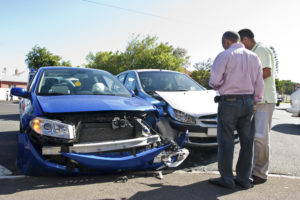Written By:
 Kent Ng
Kent Ng
Your Dedicated & Trusted Legal Team
3 Generations & 100+ Years of Combined Legal Experience

In recent years, negative interactions between law enforcement and the community have been frequent points of discussion. It is important for everyone to understand their rights and the boundaries when interacting with the police. Understanding what kind of behavior warrants an arrest will ensure you do not cross the line into disorderly conduct, which is an arrestable offense.
There is also the question of what constitutes arrestable behavior during protests and public demonstrations. As protests arise, especially in New York, it is important for citizens utilizing their right to protest to understand what counts as disorderly conduct.
This article will shed light on these interactions. It will help readers have a better understanding of the line between free speech and arrestable behavior in individual and group situations, and how to have safe and lawful interactions with law enforcement.
What is the Line Between Free Speech and Arrestable Behavior?
Disorderly conduct is defined as “public inconvenience, annoyance, or alarm” committed by an individual either recklessly or deliberately, and it warrants an arrest. The difference between free speech and arrestable behavior can be a fine line. It is your right as a United States citizen to exercise free speech.
However, if you spit at an officer or your voice gets louder and the officer feels threatened, you can be arrested for disorderly conduct. Although this isn’t advisable, using foul language or cursing at law enforcement usually does not warrant an arrest, unless these phrases involve threats and the officer feels unsafe.
The most distinct line between free speech and being arrested for disorderly conduct is physical violence or threats. Any physical activity or threats toward an officer is an automatic arrest for disorderly conduct.
Being arrested for disorderly conduct is a violation in New York, not a misdemeanor or felony. However, it still has consequences, such as up to 15 days in county jail, a fine of up to $250, or community service. A disorderly conduct charge can also be fought with the help of a criminal defense attorney.
The Role of Body Cameras for Documenting Disorderly Conduct
Body cameras are an important and positive development in documenting police and citizen interactions. These cameras play a huge role in documenting misbehavior by both law enforcement and citizens, holding both parties accountable for their actions. Cameras ensure truthfulness by not allowing either side to lie about how they interacted with the other party.
If you are arrested for disorderly conduct but do not feel like the arrest was warranted, body cameras can be a strong piece of evidence in proving a false arrest. On the other hand, if a citizen is threatening an officer and is arrested, body cameras can prove that the arrest was justified.
What Protestors Need to Know About Interacting with Law Enforcement
Protests often involve large groups of people, making it more challenging for police to discern disorderly conduct between individuals. The role of the police in protests is to be more reserved and let citizens exercise their right to protest, while ensuring the safety of everyone involved and nearby bystanders. You have the right to protest, but noncompliance with the police and violence can warrant an arrest based on disorderly conduct, depending how serious the behavior is.
Yelling in crowds is different than yelling one-on-one toward a police officer. An officer cannot arrest a protestor for yelling while in a public demonstration, as they have the right to speak loudly. However, this is conditional, as yelling something like “we should be united” is not illegal, but yelling “let’s kick down the doors of that store” is inciting a riot, which is a criminal offense and constitutes arrest.
We are also trained to identify professional agitators in protests, or people who attempt to stir up the crowd. Police keep photo records of professional agitators and share that information with other officers at the scene. Officers will then pay closer attention to these individuals during a protest to ensure they do not incite violence or act in another threatening manner.
Similar to one-on-one police interactions, the most clear line between free speech and disorderly behavior in a public demonstration is physical violence. If protestors are acting violently or threatening violence, they are no longer exercising free speech and will be subject to arrest. Protestors also cannot disrupt traffic or cause harm to other pedestrians.
Police will evaluate whether they believe an individual is a threat to law enforcement officers or to other pedestrians. There are some gray areas though, for example, pushing in a large group. Although this is a physical behavior, police will likely be unable to see who pushed whom, unless someone is being evidently violent.
Compliance is Key: How to Ensure a Safe and Lawful Interaction with the Police
As discussed earlier, misbehavior has to rise to a certain point for the police to arrest you. The best advice I have for individuals who come in contact with law enforcement is to prioritize compliance. Although there is some leniency in New York regarding interactions with a police officer, an officer has the right to arrest you if they feel threatened by your behavior. Never initiate or threaten anything physical with an officer, as this is likely to lead to an arrest.
Your best bet to keep the situation from escalating is to remain respectful and calm with law enforcement. Remember you have the right to remain silent and the right to an attorney, so being compliant when interacting with the police and knowing your rights will ensure you do not face consequences for misbehavior.
For example, if police ask protestors to keep within the sidewalks, remember they are doing their job of keeping everyone safe, which includes drivers on the road and other pedestrians. Also, avoid agitating the crowd or insinuating any acts of violence, as this will draw attention to you and could lead to an arrest. You have the right to protest and the right to have your voice heard; exercising your rights is possible and safer when everyone remains peaceful and complies with law enforcement.

Latest from Our Blog



Editorial Standards
Rosenblum Law is committed to delivering informative content of the highest quality. All content is subject to our rigorous editorial standards for relevance, accuracy, sourcing, and objectivity. Everything is fact-checked by an editor and reviewed for legal soundness by one of our practicing attorneys prior to being published.
How to Cite Rosenblum Law’s Article
APA
Kent Ng (Nov 18, 2021). 14 Ways to Get the Most from Your Accident Claim. Rosenblum Law Firm, https://rosenblumlaw.com/14-ways-to-get-the-most-from-your-accident-claim/
MLA
Kent Ng "14 Ways to Get the Most from Your Accident Claim". Rosenblum Law Firm, Nov 18, 2021. https://rosenblumlaw.com/14-ways-to-get-the-most-from-your-accident-claim/








